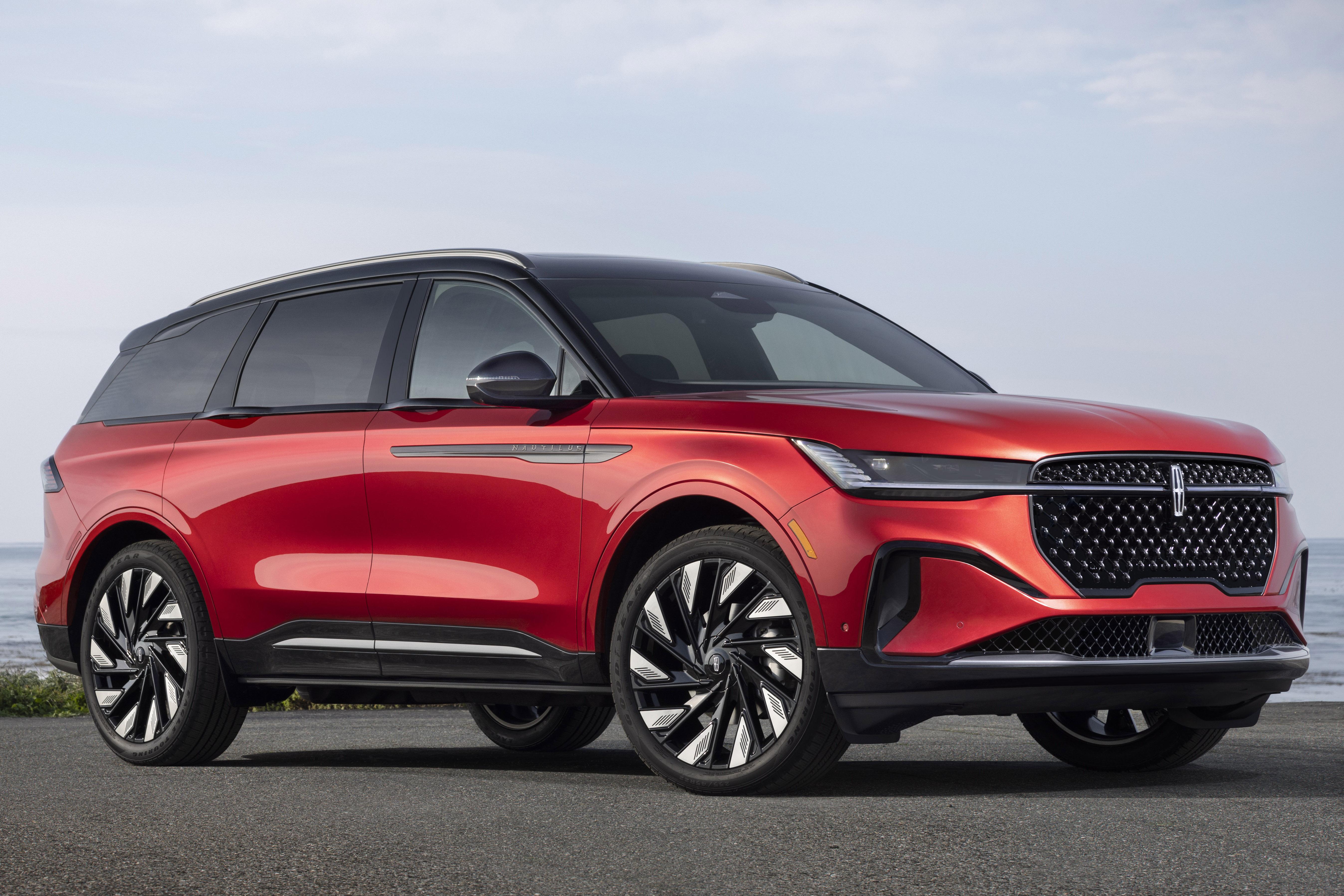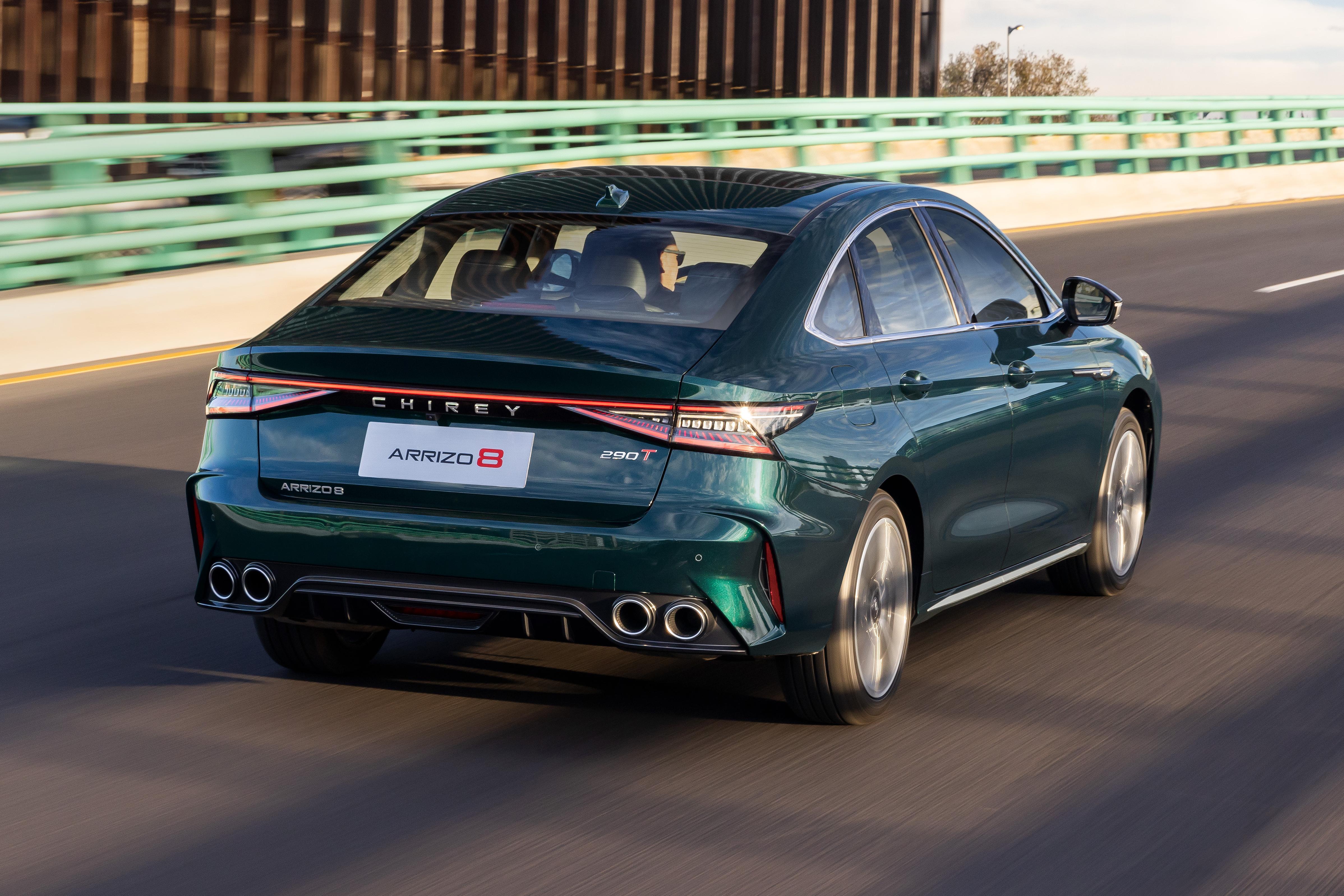Ford CEO Jim Farley is clear-eyed about the threat posed by the Chinese auto industry, warning it could drive the Blue Oval brand and its fellow American automakers out of business.
When asked on CBS Sunday Morning whether he saw similarities between the 1980s – when the US auto industry was under increasing pressure from Japanese brands – and now, Mr Farley said: “Oh I think it’s exactly the same thing, but it’s on steroids.
“They have enough capacity in China with the existing factories to serve the entire North America market, put us all out of business. Japan never had that. So, this is a completely different level of risk for our industry.”
CarExpert can save you thousands on a new car. Click here to get a great deal.

Insulating American automakers, at least in their home market, are huge tariffs imposed on Chinese electric vehicles (EVs) by former US President Joe Biden. These came during the last year of his administration, before Donald Trump was elected and started his tariff blitz.
Actions by both presidents Biden and Trump have helped keep Chinese brands at bay – you won’t find giants like BYD competing in the US market, though there are a handful of Chinese-owned brands (Lotus, Polestar and Volvo) plus a handful of Chinese-built models (including the Buick Envision and Lincoln Nautilus) present in North America.
Just south of the border, however, Chinese brands are running rampant.
Brands competing in Mexico include BYD, GWM, MG and Chery (through the Chirey and Omoda Jaecoo divisions), while JAC also builds vehicles there.

Due to the absence of onerous tariffs, China became the leading supplier of imported light vehicles there in 2022 according to América Economía, and maintained that position in 2024 – the caveat here being this includes vehicles built in China by non-Chinese automakers.
Looking purely at Chinese brands, Motor1 reports they accounted for 7.7 per cent of the Mexican market in 2024. In other Central American markets like Panama, their share is even higher at 26 per cent.
Though the market share of Chinese-made vehicles in Mexico has grown from just 0.3 per cent in 2017 to 20.2 per cent in 2024, the rapid rate of growth has cooled.
Still, Chinese automakers are eager to expand their global footprint, particularly as their home market becomes increasingly cutthroat – characterised by repeated price wars.
That has seen them earn significant market share in markets across Latin America, Asia and Africa.

When asked if Americans would buy Chinese cars if they had the opportunity, Mr Farley concurred and pointed to the Chinese vehicle in his own garage – a Xiaomi SU7, which he described as being “high quality” and offering a “great digital experience”.
Mr Farley said he’s driving the SU7 because “[Chinese brands] are the competition, and to beat them you have to join them.”
Ford already has two joint ventures with Chinese brands: Jiangling and Changan, the latter of which produces a raft of models including the Lincoln Nautilus, which is one of the few Chinese-built vehicles sold in the US. Changan also owns the Deepal brand which competes in the Australian market.
Mr Farley has been talking for some time about the threat of Chinese automakers. In 2023, he said he saw them as Ford’s main competitor, and not GM or Toyota, and subsequently called Chinese EVs an “existential threat” in 2024.

Thus far, while Chinese brands have used growing global EV demand and their own EV expertise to their advantage, they haven’t followed the strategy employed by Japanese brands in the US.
Japanese brands were able to get a foothold in the US market by offering well-built, fuel-efficient vehicles, which boomed in popularity in the 1970s thanks to the effect on fuel prices by successive oil crises.
The US was able to get the Japanese government to implement voluntary export restraints early in the 1980s, though Honda subsequently started building cars locally to bypass quotas.
It was soon followed by Nissan and Toyota, with Mazda, Subaru, Mitsubishi, Isuzu and Suzuki all establishing US production bases by the end of the decade.

